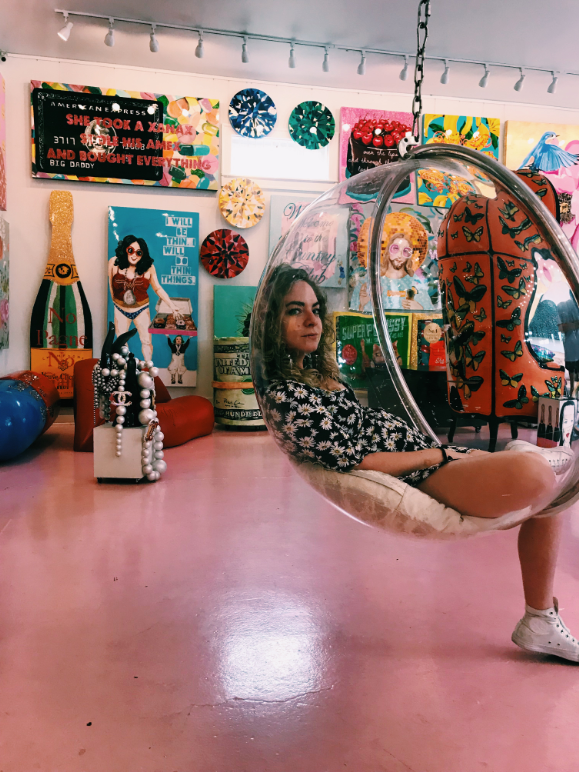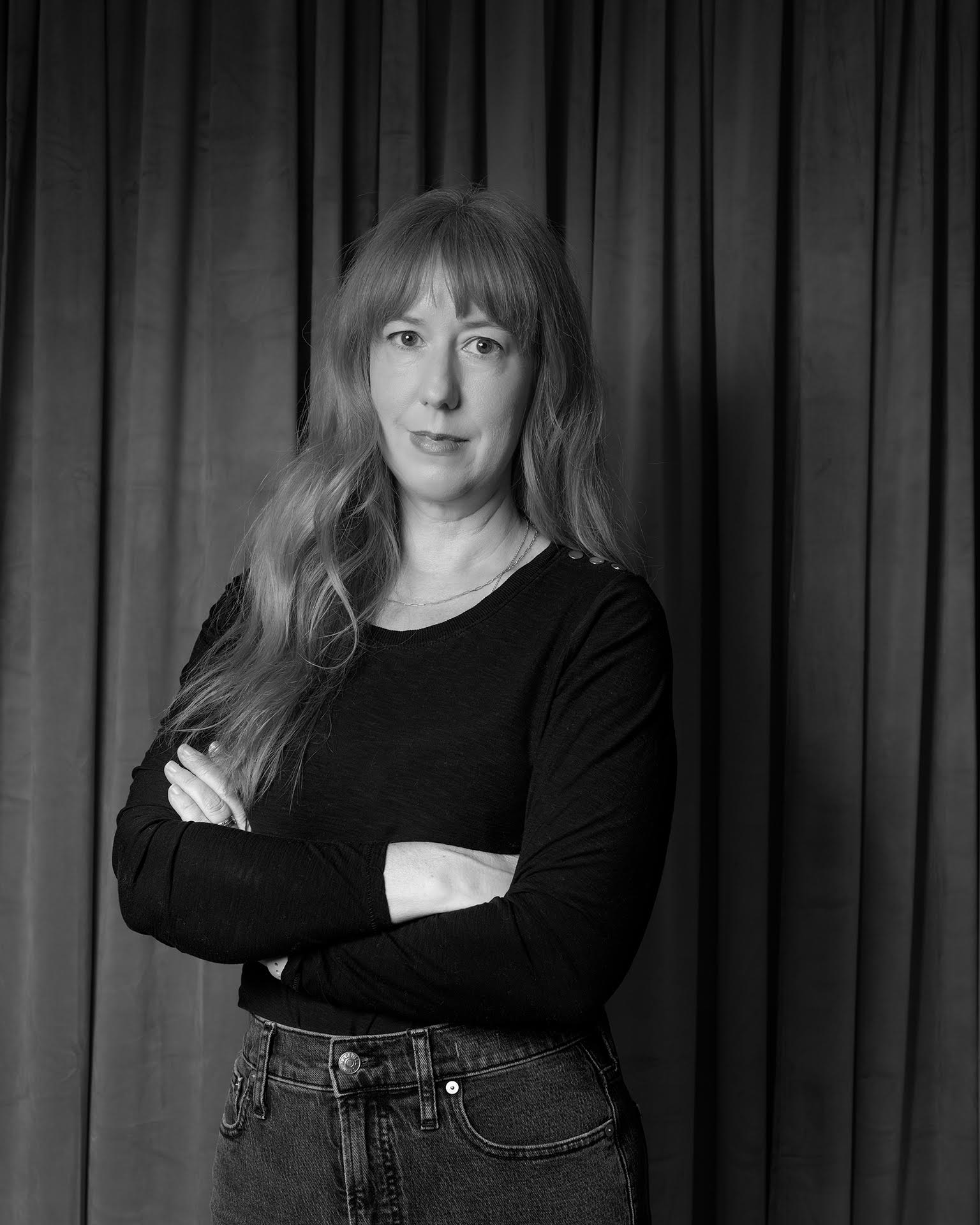Mallory Lind Awarded Summer Research Travel Grant for Doctoral Students

Ph.D. Student in Art Education Mallory Lind was recently awarded a Summer Research Travel Grant for Doctoral Students. During the summer of 2019, Lind plans on living and working within Bentonville, Arkansas, home of the Crystal Bridges Museum of American Art. She will use this funding to support her travel to rural geographies and populations in Northwest Arkansas, as well as support her complete immersion within the context of Crystal Bridges Museum of American Art and the communities it reaches.
Lind’s dissertation will be an ethnographic, post-qualitative study on the possibilities of rural access to art museums through the theoretical lens of post-structuralism. Her research seeks to understand what is little known between the cross-sections of art museum research and research of rural populations, namely why, if at all, is it important to have access to cultural arts institutions like art museums for rural populations. The funding for this research travel grant will allow her to perform research that seeks to open the doors to new possibilities in research in the areas of rural populations and geographies and art museum programming and outreach. Her research will be significant because it will look at the possibilities for rural access to art museums from both the perspectives of the rural populations and the art museum, something that has not yet been fully explored. By approaching this research from both angles, Lind will better be able to understand and pinpoint what is happening at the cross-sections of these seemingly disparate contexts.
Art museums are responsible for collecting, displaying, and preserving works of art that can serve as important markers for educating the public on cultural histories, but having access to art museums is not a given for many people throughout the United States or the world. Accessibility challenges in art museums can come from a multitude of areas, including physical disabilities, geographical location, financial inadequacies, and even personal comfort levels, but for the sake of her research, Lind will be focusing on geographical access to art museums for rural populations. There is very little research currently available regarding rural access to art museum education and all of the research she has found has been grounded in traditional, positivist forms of qualitative research. Unlike these existing studies, she intends to pursue a post-structural, post-qualitative study on rural access to art museums and therefore will attempt to take a post-humanist, nonhierarchical, unrestricted view of rural populations and art museum outreach programming and research. In order to approach this research from a post-structural lens, this study will be theorized according to Deleuzian concepts and other relevant post-structural theories.
Lind’s passion for this body of work stems from her own history growing up in a small town in South Georgia where there was very little access to art and arts programs in school. In fact, it was not until the fifth grade, that she was first offered art class as part of her regular school curriculum. A field trip to the nearest art museum would take more than two hours on a bus, which is simply not feasible for most Title I school systems. Since the 1990’s there have been improvements in the fine arts curriculum offerings in many small and rural schools. However, many schools still lack access to outside arts experiences like art museums, leaving it up to parents to provide this opportunity for their children. Lind believes that access to arts programming should not be exclusive to upper- and middle-class families, who can afford to provide such “luxuries” to their children that would be easily accessed in most large metropolitan areas. She sincerely hopes that her research at Crystal Bridges might one day serve as a resource for how communities, museums, and schools can work together to provide arts access for all, regardless of socioeconomic status, geographic location, or educational background.





